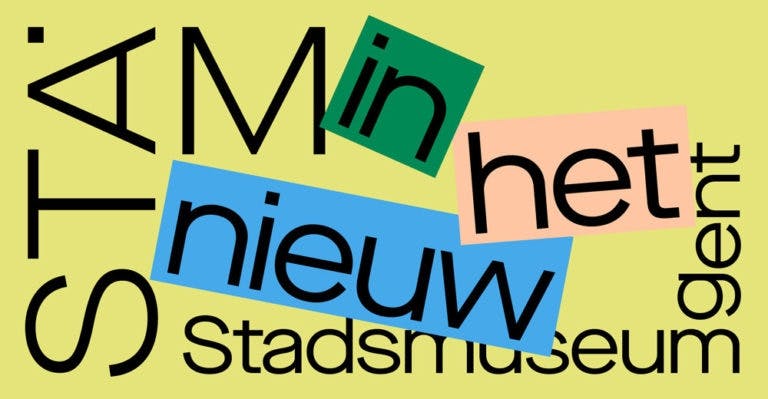En 2025, le monde célébrera le 30ème anniversaire de la Déclaration et du
Programme d’action de Beijing relatifs aux droits des femmes. Il s’agira d’un
moment clé pour faire le point sur les progrè
Description
In 2020 bestaat het STAM tien jaar. Tijd voor een verjongingskuur van de vaste tentoonstelling. Vanaf 7 december 2020 flaneer je in ‘Het verhaal van Gent’ nieuwe stijl tussen perkamenten abten, ondernemende vrouwen, verliefde rebellen en zelfzuchtige weldoeners van de middeleeuwen tot nu. Je ziet en voelt de stad groeien en veranderen van vorm. Je ontdekt unieke objecten en natuurlijk is er ook een verse versie van onze (nog altijd even gigantische) luchtfoto.
Info & Réservation
Lieu culturel
Organisateur
Vous organisez cet événement ?
Contactez-nous si vous souhaitez mettre à jour les informations et autres.
Nous contacter